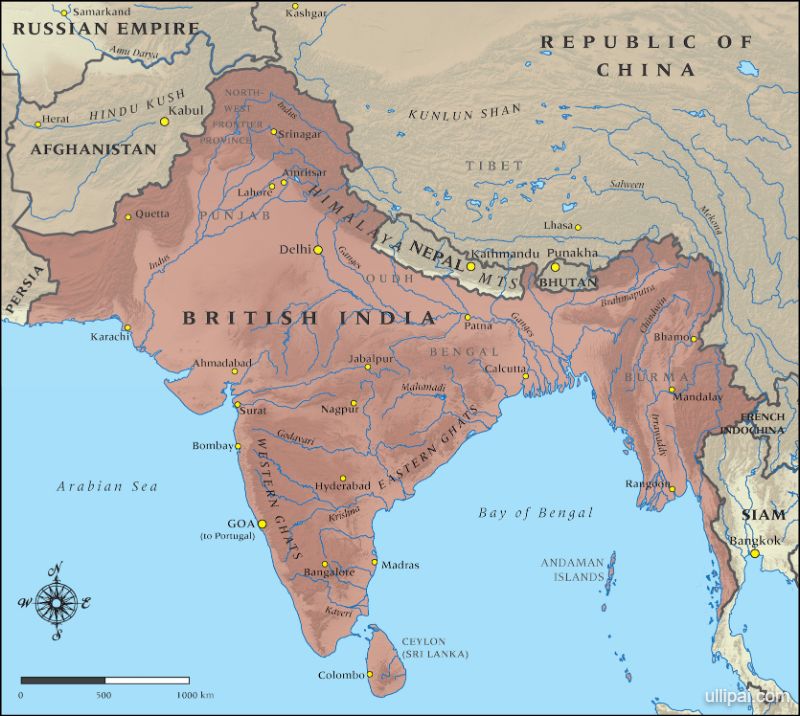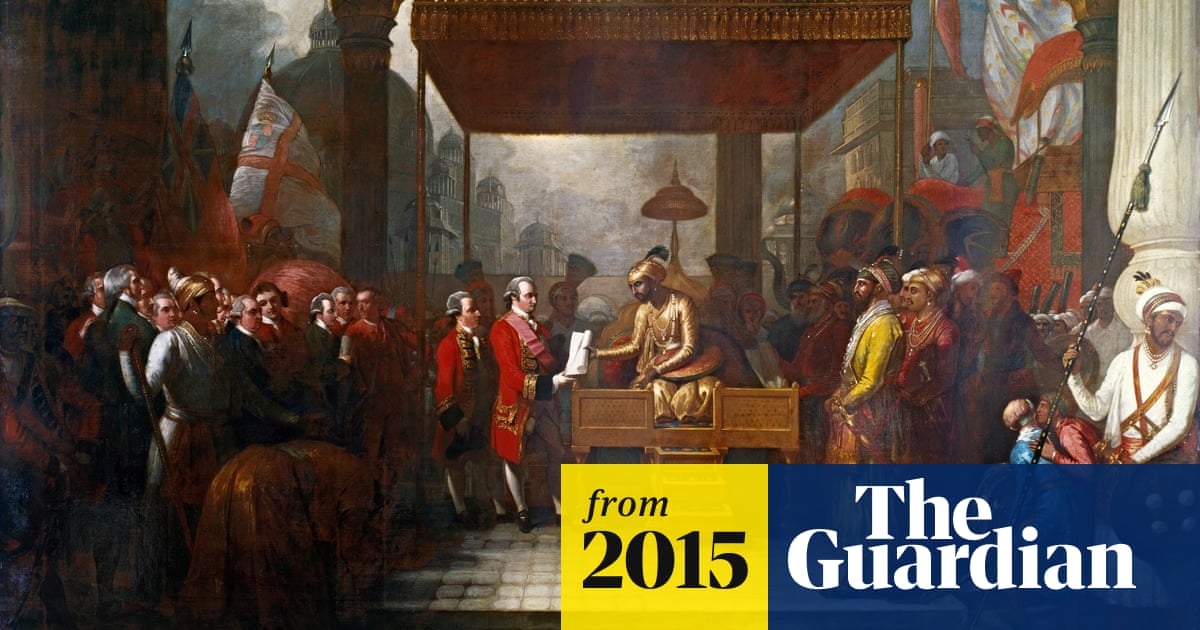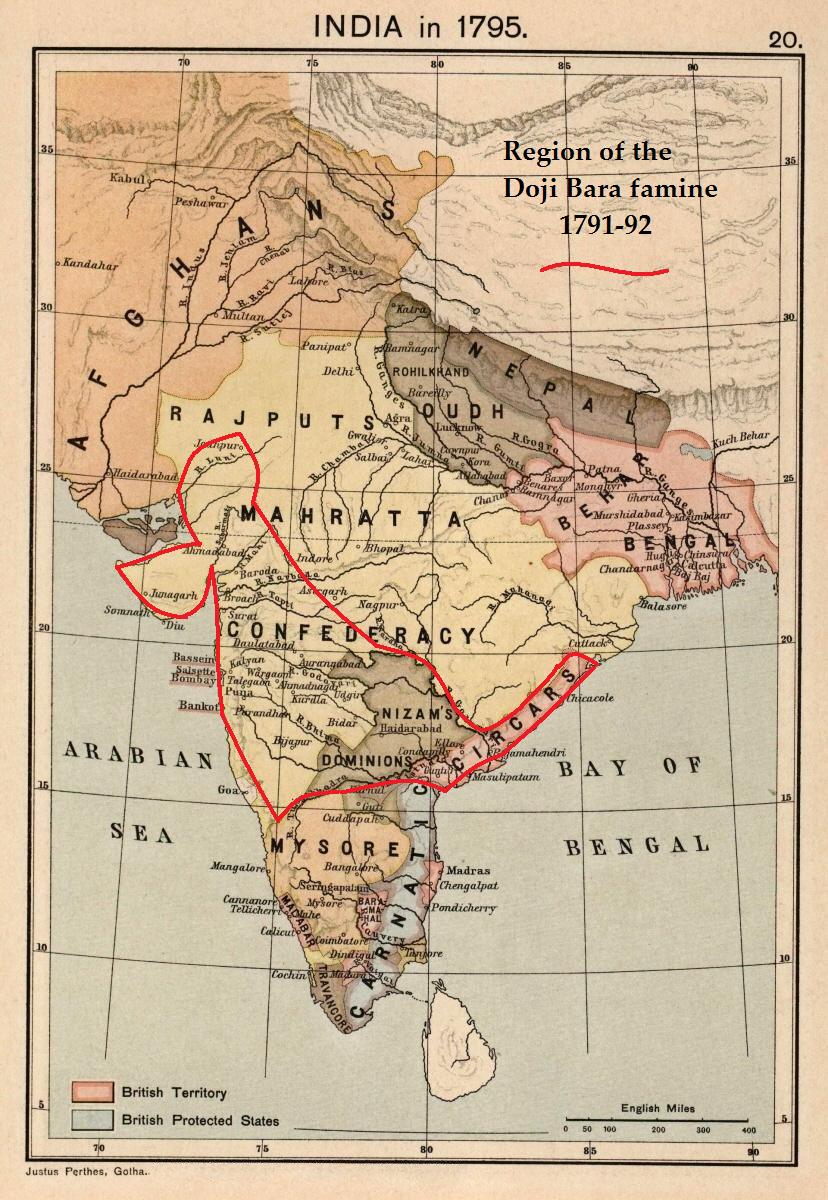- Learn more about how the British ravaged India for almost 200 years.
- The British came to India as traders but soon became rulers. They exploited India’s resources, people, and culture for their own benefit.
- The British imposed heavy taxes, famines, laws, and wars on India. They also divided India into religious and ethnic groups to weaken its unity.
- The British took away India’s wealth, art, education, and freedom. They also destroyed India’s industries, agriculture, and environment.
- The British left India in 1947 after a long struggle by the Indian people. But they left behind a legacy of poverty, violence, and injustice that still affects India today.
What were the British doing in India?
The British arrived in India in the early 17th century, primarily as traders – specifically as the British East India Company who were interested in establishing trade routes and developing profitable business opportunities.
Initially, the British East India Company, which was granted a charter by Queen Elizabeth I in 1600, focused on trading in textiles, spices, and other luxury goods that were highly valued in Europe.
East India Company (History.com) – East India Company (Wikipedia)
Over time, the British East India Company expanded its influence and power in India, establishing trading posts and building alliances with local rulers.

Top Image source – Map of British India, 1914 (NZ Ministry for Culture and Heritage)
How did the British go from traders to rulers?
The British East India Company gradually transitioned from being a trading company to a political and military power in India.
The company began to take on administrative and military roles in India, and by the mid-18th century, it had established de facto control over many parts of the country.
During the 19th century, British rule in India became more formalized, and the British East India Company was replaced by the British Raj, a colonial government that was established in 1858 after the Indian Rebellion of 1857.
Under British East India Company’s rule, India was transformed in order to support the profit of the British and the company. Economically, politically, and socially, with the introduction of new technologies, infrastructure, and systems of governance all designed to extract every single resource which they monetize for the monarchy.
The British rule in India was characterized by exploitation, discrimination, and violence, and it had a profound impact on Indian society and culture.
Indian nationalists and reformers began to call for independence from British rule in the early 20th century, and India finally achieved independence in 1947, after decades of struggle and resistance.
There were several strategies that the British East India Company used to achieve this, including:
Military conquest
The British East India Company used its military power to conquer Indian states and expand its territory. The British East India Company recruited Indian soldiers and trained them in European military tactics, which gave them an advantage over Indian armies that were still using traditional methods of warfare.
The British East India Company also used a divide-and-rule policy, exploiting existing tensions and conflicts between Indian states to weaken them and make them easier to conquer.
Diplomacy and alliances
The British East India Company also used diplomacy and alliances to expand its power in India. The company established friendly relations with some Indian rulers and formed alliances with them against other Indian states.
The British East India Company also made use of Indian intermediaries, such as local traders and bankers, to build relationships and gain influence.
Economic control
The British East India Company gained economic control over Indian markets by establishing a monopoly over certain goods, such as opium, and by imposing tariffs and taxes on Indian trade. This allowed the company to generate revenue and control the Indian economy.

Cultural influence
The British East India Company also had a significant impact on Indian culture and society. The company promoted the English language, education, and Christianity, which helped spread British cultural influence in India. This also had the effect of eroding traditional Indian culture and values.
The British East India Company used a combination of military, political, economic, and cultural strategies to gain power in India and establish British rule.
The dark side to these strategies
There was a sinister and a dark side to the strategies used by the British East India Company to establish its rule in India. Using the same areas as above:
Military conquest
The British East India Company’s military campaigns often involved violence, brutality, and massacres.
For example, the company’s conquest of Bengal in the late 18th century was marked by atrocities such as the massacre of the inhabitants of the city of Patna.
Diplomacy and alliances
The British East India Company’s alliances with Indian rulers often involved corruption and coercion. The company would bribe or threaten rulers to gain their loyalty, and would then use them to subjugate other Indian states.
Economic control
The company’s economic policies had a devastating impact on Indian industries and agriculture. The imposition of extremely high tariffs and taxes on Indian trade, as well as the company’s control over certain goods, led to the impoverishment of Indian farmers and artisans.
The British East India Company’s monopoly over opium production also had a damaging effect on Indian society, as it led to widespread addiction and social disruption.
Cultural influence
The British East India Company’s promotion of English language, education, and Christianity had a negative impact on Indian culture and society.
Traditional Indian knowledge systems and languages were marginalized and denigrated, and Indian society was forced to adopt Western cultural norms and values.
Famines
There were several famines that occurred, some of which were caused or exacerbated by the policies of the British East India Company.
Conservatively, over 25+ million Indian lives were lost aided greatly by the policies of the British East India Company – sanctioned by the British crown
Source

Here is a list of some of the major famines that occurred in India during this period:
Bengal Famine of 1770
This was one of the deadliest famines in Indian history, which occurred during the early years of the British East India Company rule in India.
It is estimated that the famine resulted in the deaths of over 10 million people, or about one-third of the population of Bengal at the time.
The famine was caused by a combination of factors, including crop failures, extremely high taxes collected with the use of force, and the forced export of food grains to Britain.
Evidently, this had a significant impact on the American Boston Tea Party. (Warning – the following account has graphic famine related accounts)
Madras Famine of 1782-83
This famine occurred in the Madras Presidency (present-day Tamil Nadu) and was caused by a severe drought. It is estimated that the famine resulted in the deaths of around 5 million people.
The commodification of grain and the cultivation of alternative cash crops during the period; exorbitant taxes are also believed to have played a part in causing the famine, along with the export of grain by the colonial government
…and some were reduced even to cannibalism.
Meanwhile, Queen Victoria had been crowned Empress of India, and a grand celebration was underway, with over 60,000 guests and exquisite food and wine.
Source
Viceroy Lord Lytton is believed to have overseen the export of 325 million kilograms of wheat to England while the Indian population was under the ravages of the deadly famine.
Source
Chalisa Famine 1783-84
The Chalisa famine occurred in the year 1783-84 in the Chalisa region of present-day Uttar Pradesh in India. The exact death toll from the famine is not known, but it is estimated that around 11 million people died due to starvation and disease.
Doji bara famine of 1791-92
This famine occurred in the areas of present-day Maharashtra and parts of Gujarat, and was caused by crop failures and drought. It is estimated that the famine resulted in the deaths of around 11 million people.
Bengal Famine of 1943 (after the British Govt took over)
This famine occurred during the Second World War and was caused by a combination of factors, including crop failures, the forced recruitment of laborers by the British, and the diversion of food grains to support the war effort.
It is estimated that the famine resulted in the deaths of at least 3 million people.
.jpg/1200px-Dead_or_dying_children_on_a_Calcutta_street_(the_Statesman_22_August_1943).jpg)
To be fair – it’s worth mentioning that while the policies of the East India Company definitely point to heavily contributed to most of these famines, they were not the sole cause.
Many of these famines were also caused by natural factors, such as droughts and crop failures.
Nonetheless, the policies of the British East India Company, including the imposition of high taxes, introduction of cash crops for the company’s benefit and the forced export of food grains, undoubtedly worsened the impact of these famines on the Indian population.
Some of the sources (in addition to the Wikipedia articles linked to above):
- Bengal Famine of 1770:
- Davis, M. (2002). Late Victorian holocausts: El Niño famines and the making of the Third World. Verso Books.
- Sen, A. (1981). Poverty and famines: An essay on entitlement and deprivation. Oxford University Press.
- Biswas, A. K. (1975). Famine in Bengal, 1770-1771: A study in administrative response. Cambridge University Press.
- Madras Famine of 1782-83:
- Davis, M. (2002). Late Victorian holocausts: El Niño famines and the making of the Third World. Verso Books.
- Maharatna, A. (1996). The Madras famine of 1782-83: A case of government failure? The Indian Economic & Social History Review, 33(1), 1-24.
- Doji bara famine of 1791-92:
- Davis, M. (2002). Late Victorian holocausts: El Niño famines and the making of the Third World. Verso Books.
- Kulkarni, S. S. (1963). The Doji bara famine of 1791-92 in Maharashtra. Indian Economic and Social History Review, 1(3), 289-306.
- Bengal Famine of 1943: (after the British Govt took over)
- Sen, A. (1981). Poverty and famines: An essay on entitlement and deprivation. Oxford University Press.
- Guha, R. (1990). An agrarian history of South Asia. Oxford University Press.
Please note that these sources may contain different estimates of the number of deaths caused by the famines vs what’s reported in Wikipedia, as there is often disagreement among historians and scholars about the exact number of people affected; which obviously would be embarrassing if widely discussed in today’s world. However, they provide a good starting point for further research on the topic.
Did any key people help this transition ?
Robert Clive
Robert Clive, also known as Clive of India, was a key figure in the British East India Company’s expansion of territorial control in India in the mid-18th century – especially from traders to rulers.
Clive first arrived in India in 1744 as a clerk in the East India Company. He rose through the ranks quickly, and by the 1750s, he was serving as a military commander in the company’s wars against Indian rulers.

Robert Clive: An ‘unstable sociopath and a racist’, hated both in India and England
Clive’s military campaigns, which included victories at the Battle of Plassey in 1757 and the Battle of Buxar in 1764, helped establish British control over large parts of India.
In addition to his military achievements, Clive was also involved in the company’s internal politics and governance in India.
Major-General Robert Clive M.P., 1st Baron Clive KB, FRS
He served as Governor of Bengal twice, from 1757-1760 and from 1765-1767, during which time he implemented a number of important reforms in governance and administration.
Clive’s legacy in India is complex. While he is often credited with establishing British control over India, his military campaigns were marked by violence and brutality, and he was criticized for his role in the corruption and exploitation of Indian resources and wealth. He also faced criticism in Britain, where he was accused of corruption and abuse of power.
Other Notable British East India Company Employees
There were several other East India Company employees who rose to power in India and played important roles in the company’s expansion of territorial control and exploitation of India’s resources and wealth.
Warren Hastings
One such figure was Warren Hastings, who served as the Governor-General of India from 1774-1785. Hastings was involved in several military campaigns in India, including the First Anglo-Maratha War, and he also implemented a number of important administrative and legal reforms during his tenure.
However, he was also criticized for his role in the corruption and exploitation of Indian resources, and he faced impeachment proceedings in Britain in 1787.
Richard Wellesley
Richard Wellesley, served as the Governor-General from 1798-1805.
Wellesley was responsible for implementing the company’s policy of “subsidiary alliances,” which involved forming alliances with Indian rulers in exchange for control over their foreign relations and military forces.
This policy allowed the British East India Company to expand its territorial control in India without the need for direct military conquests, but it also contributed to the weakening of Indian states and the loss of their sovereignty.
Lord Dalhousie
Lord Dalhousie, served as the Governor-General from 1848-1856 implemented a number of important reforms in infrastructure, communication, and law, but also contributed to the annexation of several Indian states; and Siraj-ud-Daula, the Nawab of Bengal who was defeated by Clive in the Battle of Plassey and whose deposition marked the beginning of British rule in Bengal.
The British East India Company’s rule in India was marked by exploitation and abuse of power, and many of its employees and officials were involved in corruption, violence, and the plundering of India’s resources and wealth.
While some individuals may have also made important contributions to governance and administration, their actions were ultimately overshadowed by the company’s overall legacy of exploitation and oppression.
For more of a summary check out –
Inglorious Empire: What the British did to India
and for a more detailed account read
An Era of Darkness: The British Empire in India
by the same author



